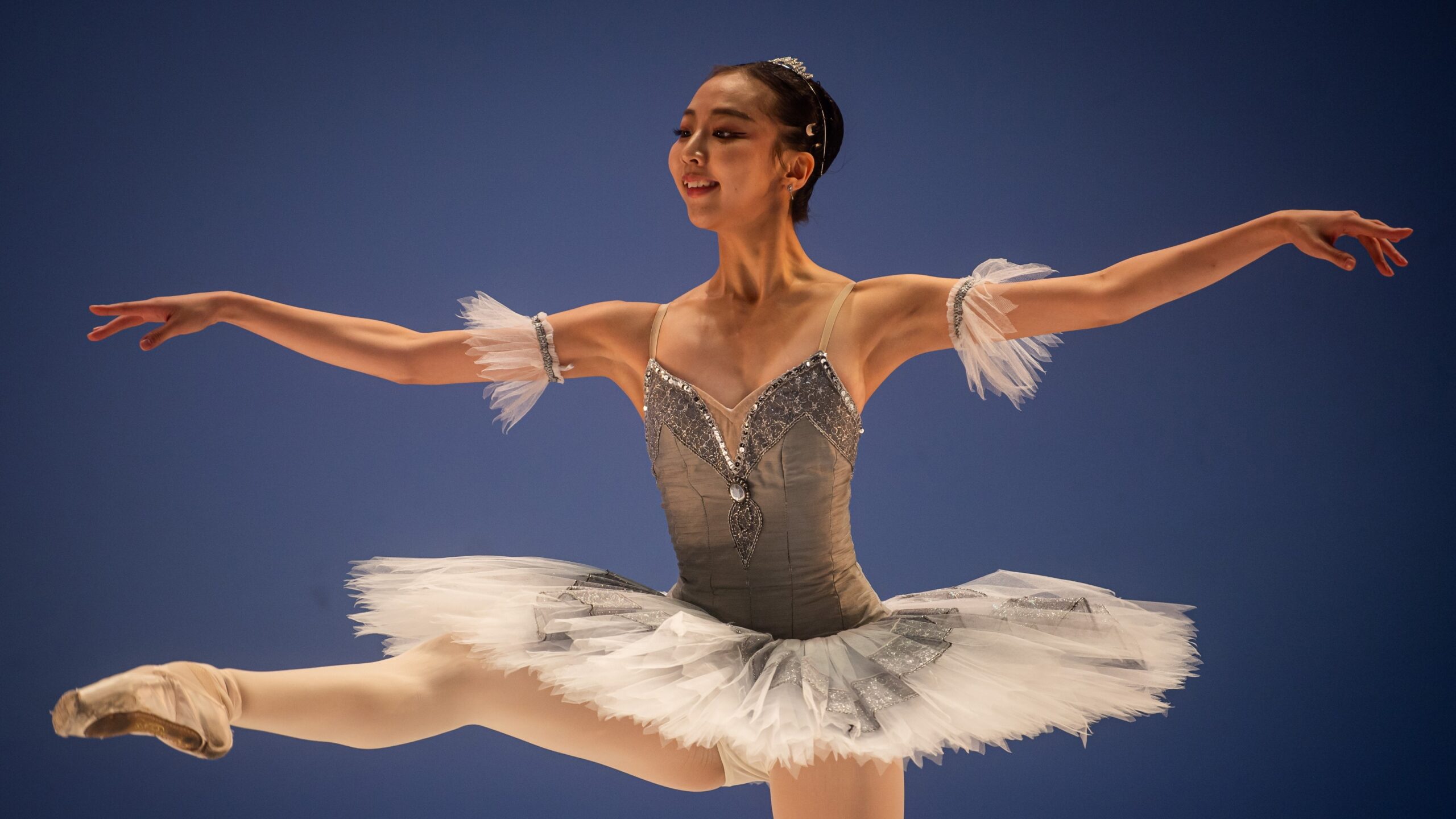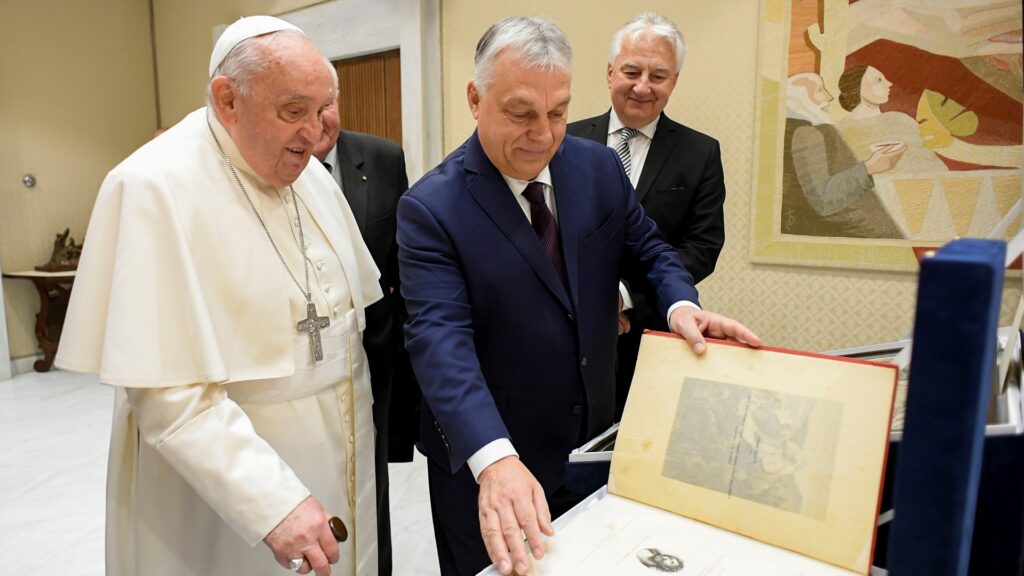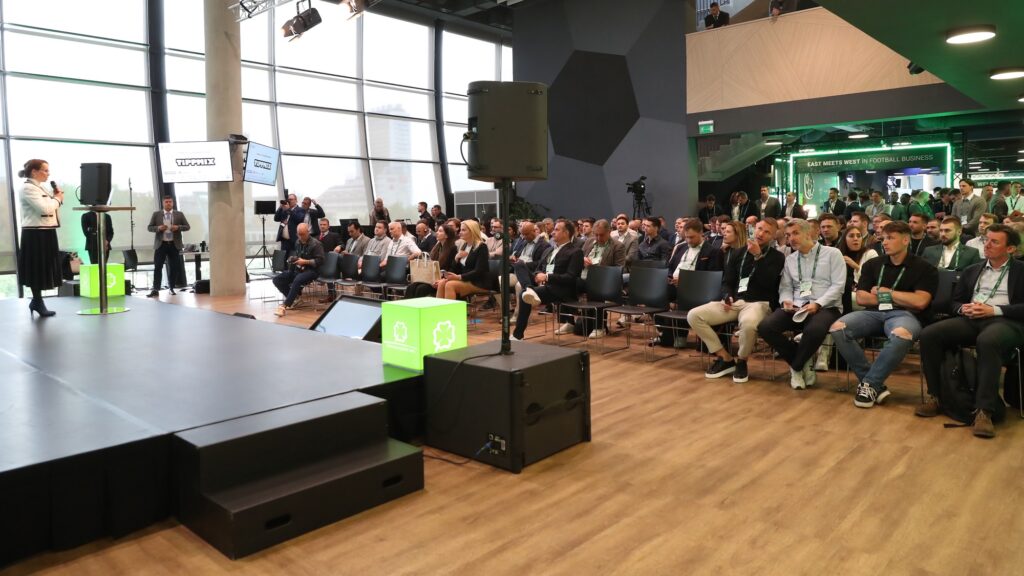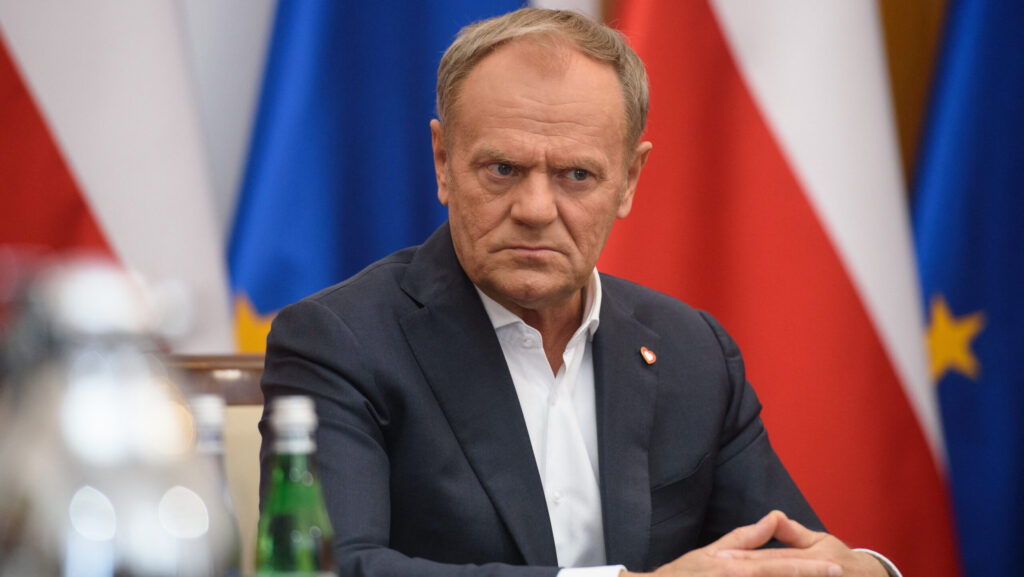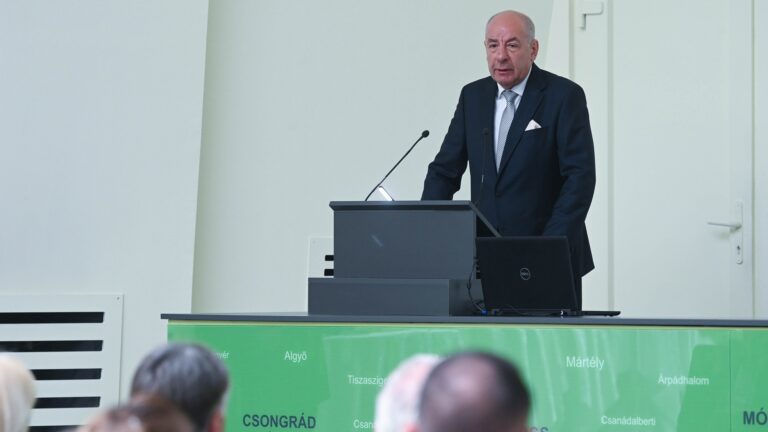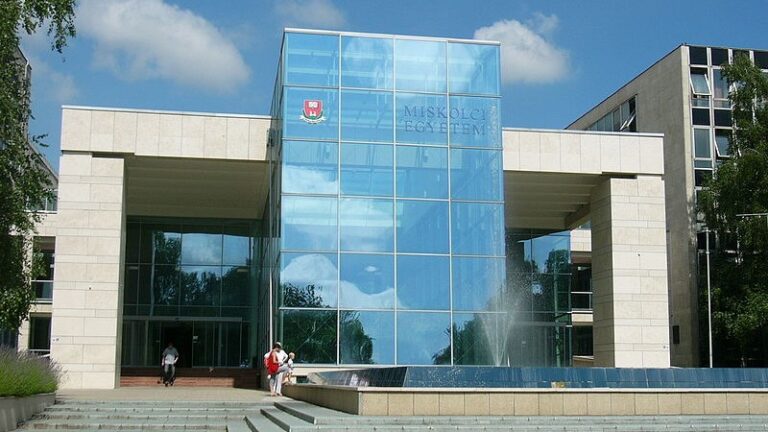The second Budapest Ballet Grand Prix, organized by the Hungarian Dance University (MTE), culminated in a spectacular gala at Müpa’s Festival Theatre. Participants from 31 countries competed, with 80 dancers advancing from a pool of 157 entries through a rigorous pre-selection process.
The gala, held on Friday evening, featured performances by winners across three categories—junior, senior, and pas de deux—alongside special award recipients.
The event drew notable figures, including Veronika Varga-Bajusz, State Secretary for Higher Education, Vocational Training, and Youth at the Ministry of Culture and Innovation, and President of the Hungarian Academy of Arts Attila Turi, who presented awards during the ceremony.
Special accolades included the Best Hungarian Performers Award by the Hungarian Academy of Arts, received by Dóra Kócsó and Boróka Kosaras; the City of Budapest’s Award for Young Talents, received by Mira Jászovics and Márton Balog; the Best Modern Dance Award by Herend Porcelain Manufactory received by Kim Dohee and Benedek Sánta; the MTE Awards received by Arisa Hashimoto and Mikel Arana Arzak; and the Jury’s Special Prize that went to May Barrutia Santaren.
‘This competition bridges Hungarian dance heritage with the international arts scene, offering young dancers not only exposure but also the opportunity to share and learn’
State Secretary Veronika Varga-Bajusz highlighted the event’s dual significance as a platform for young dancers to engage with the global dance community and as a means of promoting Hungarian cultural achievements.
‘This competition bridges Hungarian dance heritage with the international arts scene, offering young dancers not only exposure but also the opportunity to share and learn,’ she stated. ‘We are proud of the Hungarian Dance University for fostering both national and global connections while bringing world-class artistry to Hungary.’
Rector of MTE Márta Molnár echoed these sentiments, emphasizing the university’s ambition to become a leading European centre for dance education. ‘The high calibre and success of this competition owe much to the remarkable talent of young performers. The participation of contestants from five continents and 31 countries reflects the competition’s prestige as both a test of skill and an educational experience,’ Molnár remarked.
The event provided more than just a stage for competition. Participants attended workshops and engaged with a jury of internationally renowned ballet artists, underscoring the educational dimension of the Grand Prix.
Competition director and Chair of MTE’s Arts Council Tamás Nagy affirmed this holistic approach. ‘Our goal to attract outstanding ballet talent from around the world has been realized. Most importantly, we are providing young artists with opportunities and the ideal conditions to flourish.’
The third Budapest Ballet Grand Prix is set for 17–21 November 2025, promising another exceptional showcase of global ballet talent in Hungary.
Related articles:

